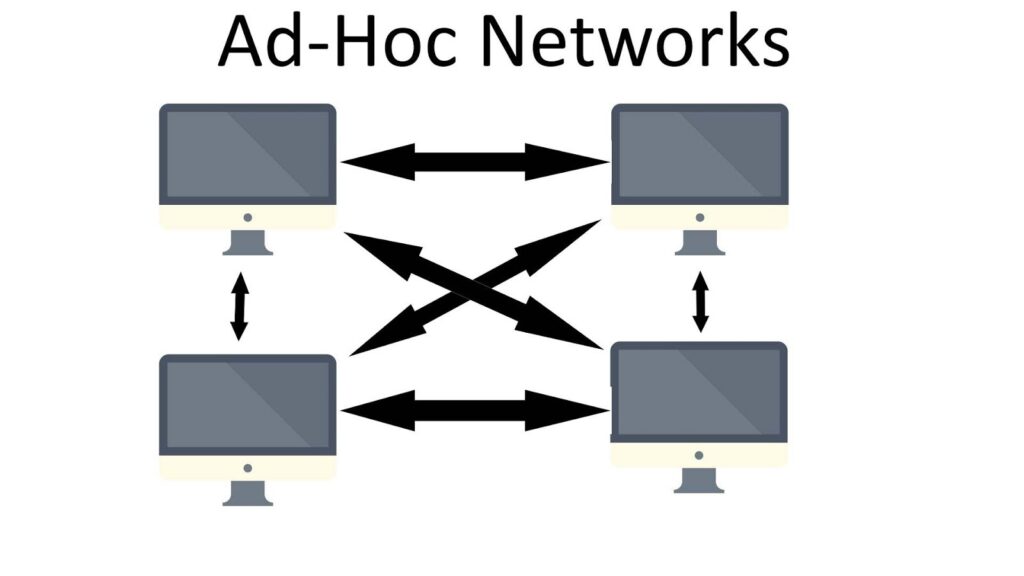The Dynamic World of Ad-Hoc Networks: Unveiling Their Effects
In an era marked by the relentless pursuit of connectivity, ad-hoc networks have emerged as a fascinating and indispensable component of modern communication. These dynamic, self-organizing networks offer many advantages but have challenges. In this blog post, we will delve into the world of ad-hoc networks and explore their positive and negative effects on our connected lives.
According to TechTarget Devices configured for ad hoc functionality require a wireless network adapter or chip, and they need to be able to act as a wireless router when connected. When setting up a wireless ad hoc network, each wireless adapter must be configured for ad hoc mode instead of infrastructure mode. All wireless devices connecting to an ad hoc device need to use the same service set identifier (SSID) and wireless frequency channel number.
What is Ad-Hoc Network?
Ad-hoc networks, also known as mobile ad-hoc networks (MANETs), are wireless networks that form spontaneously without needing a pre-existing infrastructure. Unlike traditional networks that rely on fixed base stations, ad-hoc networks consist of mobile devices that communicate directly, such as smartphones, laptops, and IoT devices. Their dynamic topology and decentralized control characterize these networks.
The Positive Effects of Ad-Hoc Networks
- Flexibility and Mobility: Ad-hoc networks shine when traditional infrastructure is unavailable or impractical. They are ideal for emergency response scenarios, military operations, and remote areas where connectivity is needed but not readily accessible.
- Self-Organization: Ad-hoc networks are self-configuring, meaning devices can join or leave the network without central management. This self-organization ensures adaptability and resilience in dynamic environments.
- Reduced Infrastructure Costs: The absence of fixed infrastructure components like base stations or routers significantly reduces deployment costs, making ad-hoc networks a cost-effective choice in specific scenarios.
- Improved Redundancy: The decentralized nature of these networks provides redundancy, reducing the risk of network failure. If one node fails, communication can often be rerouted through alternate paths.
- Community Networks: In some cases, these networks can empower communities to create localized networks, fostering digital inclusion and self-reliance in underserved areas.

The Negative Effects of Ad-Hoc Networks
- Scalability Challenges: Ad-hoc networks may need help to scale too many nodes due to increased complexity and the potential for network congestion.
- Security Concerns: Security in such networks are a significant challenge. The absence of a central authority makes it harder to enforce security policies, making these networks susceptible to attacks.
- Limited Range: Such networks typically have a limited transmission range, which can lead to communication disruptions as devices move out of range or obstacles obstruct signals.
- Resource Constraints: Mobile devices in these networks often have limited processing power, memory, and battery life, impacting the network’s performance.
- Quality of Service (QoS) Issues: Ensuring consistent QoS in these networks can be challenging due to the dynamic nature of the network and variable link quality.
Wrapping up:
Ad-hoc networks are a testament to the adaptability and innovation of modern networking. They offer a lifeline in situations lacking traditional infrastructure and facilitate community-driven connectivity initiatives. However, they also present scalability, security, and reliability challenges.
As technology advances, these networks will likely play an increasingly important role in our interconnected world. Addressing their limitations and harnessing their strengths will maximize their potential and ensure a more connected and resilient future. For more insightful blogs visit Auxin.io.







